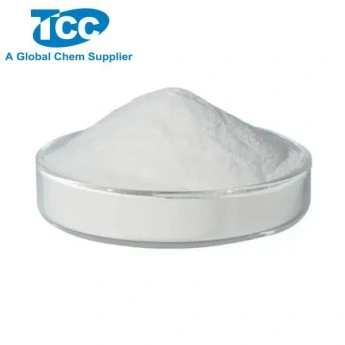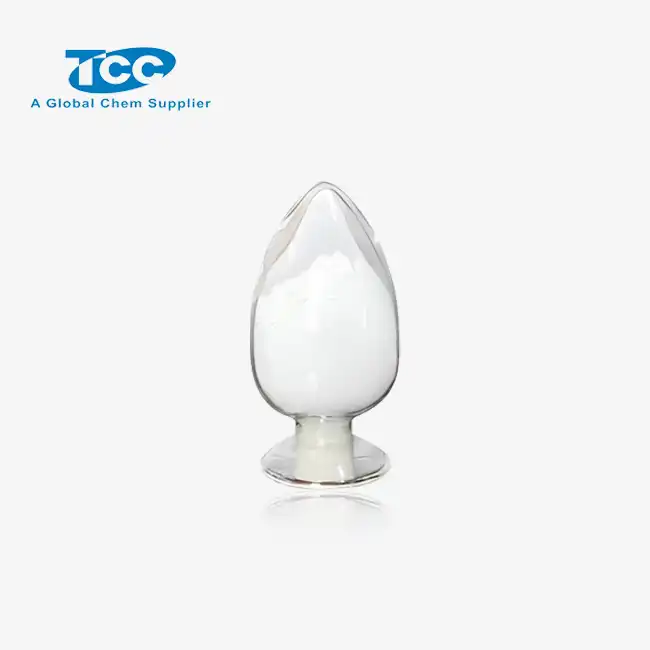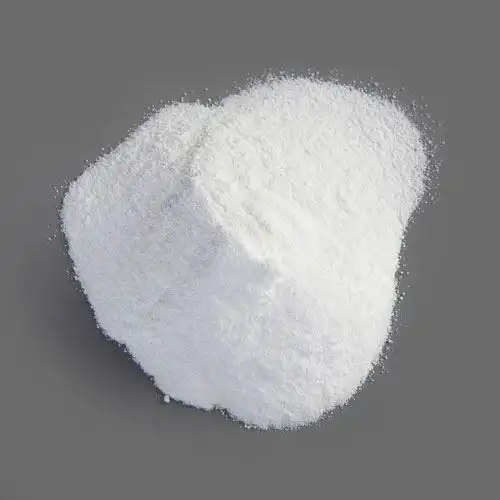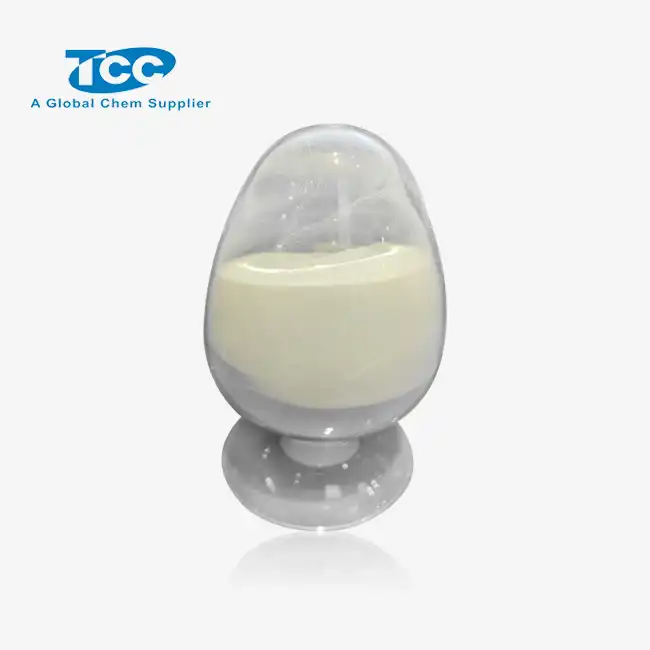- English
- French
- German
- Portuguese
- Spanish
- Russian
- Japanese
- Korean
- Arabic
- Greek
- German
- Turkish
- Italian
- Danish
- Romanian
- Indonesian
- Czech
- Afrikaans
- Swedish
- Polish
- Basque
- Catalan
- Esperanto
- Hindi
- Lao
- Albanian
- Amharic
- Armenian
- Azerbaijani
- Belarusian
- Bengali
- Bosnian
- Bulgarian
- Cebuano
- Chichewa
- Corsican
- Croatian
- Dutch
- Estonian
- Filipino
- Finnish
- Frisian
- Galician
- Georgian
- Gujarati
- Haitian
- Hausa
- Hawaiian
- Hebrew
- Hmong
- Hungarian
- Icelandic
- Igbo
- Javanese
- Kannada
- Kazakh
- Khmer
- Kurdish
- Kyrgyz
- Latin
- Latvian
- Lithuanian
- Luxembou..
- Macedonian
- Malagasy
- Malay
- Malayalam
- Maltese
- Maori
- Marathi
- Mongolian
- Burmese
- Nepali
- Norwegian
- Pashto
- Persian
- Punjabi
- Serbian
- Sesotho
- Sinhala
- Slovak
- Slovenian
- Somali
- Samoan
- Scots Gaelic
- Shona
- Sindhi
- Sundanese
- Swahili
- Tajik
- Tamil
- Telugu
- Thai
- Ukrainian
- Urdu
- Uzbek
- Vietnamese
- Welsh
- Xhosa
- Yiddish
- Yoruba
- Zulu
What is the molecular structure of BHMTPMP in oilfield applications?
To make key drugs work better and more efficiently in places where their uses are always changing, it's important to know how they are put together at the molecular level. Much attention has been paid to BHMTPMP, which stands for Bis(Hexamethylene Triamine Penta (Methylene Phosphonic Acid)). In many drilling processes, this strong organophosphonic acid is an important part of stopping scale and rust. BHMTPMP is stable at high temperatures and is very good at chelating because it has a unique chemical structure. It makes a difference the oil and gas commerce develop. The complicated chemicals that make up BHMTPMP are talked around in more profundity in this web journal post. They see at what it is made of and compare it to other phosphonate-based inhibitors to see how well it works in the areas.
Understanding the Molecular Composition of BHMTPMP in Oilfield Applications
BHMTPMP, with the molecular formula C17H44O15N3P5, features a complex and well-designed structure that accounts for its outstanding performance in oilfield applications. At its core lies a hexamethylene triamine backbone, which is functionalized with five methylene phosphonic acid groups. Because of this arrangement, BHMTPMP can make strong chelating complexes with metal ions like calcium and magnesium. These complexes are important for forming scales in oilfield systems. By securing these ions, BHMTPMP stops the crystallization process, which stops mineral deposits from building up. The many phosphonic acid groups make this scale-inhibiting ability much stronger by messing up the structure of growing crystals even more. Furthermore, the nitrogen atoms in the triamine backbone keep the molecules stable and help protect metal surfaces, which is a very useful property for stopping rust. The molecular weight and size are also very important because they determine how well it sticks to material surfaces and interacts with species that form scales. Because it has strong chelation, stability, and protection against both scale and rust, BHMTPMP is a very useful additive for keeping operations running smoothly and equipment lasting longer in harsh oilfield conditions.
Structural Insights into Bis(HexaMethylene Triamine Penta (Methylene Phosphonic Acid) for Enhanced Scale Inhibition
The structural design of BHMTPMP is engineered to maximize its scale inhibition capabilities in oilfield applications. The presence of five phosphonic acid groups strategically positioned along the hexamethylene triamine backbone creates a three-dimensional structure that effectively interacts with scale-forming ions. This set-up lets BHMTPMP establish solid partnerships with calcium and magnesium ions, stopping them from forming scale layers. Hexamethylene chain's flexibility lets the molecule take on different shapes, which makes it better at sticking to different material surfaces and interacting with different species that make scales. Furthermore, the high number of functional groups in BHMTPMP contributes to its threshold inhibition effect, where even small concentrations can significantly impede scale formation. The structural features of BHMTPMP also contribute to its thermal stability, allowing it to maintain its efficacy under the high-temperature conditions often encountered in oilfield operations.
Comparative Analysis of BHMTPMP's Molecular Structure with Other Phosphonate-Based Inhibitors
When comparing BHMTPMP to other phosphonate-based scale inhibitors, several key structural advantages become apparent. Unlike simpler phosphonates such as HEDP or ATMP, BHMTPMP's more complex structure with multiple phosphonic acid groups provides superior scale inhibition across a broader range of conditions. The presence of the hexamethylene triamine backbone in BHMTPMP offers enhanced stability and film-forming properties compared to linear phosphonates. Because of this structure feature, BHMTPMP can create stronger protective layers on metal surfaces, which makes them less likely to rust. Beyond that, BHMTPMP works better at higher temperatures and higher salt levels than other phosphonates because its molecules are bigger. In business settings, these situations happen a lot. With its unique molecular structure, BHMTPMP works better with other chemicals used in the oil business. So, it's a good choice for treatment plans that need to be able to change.
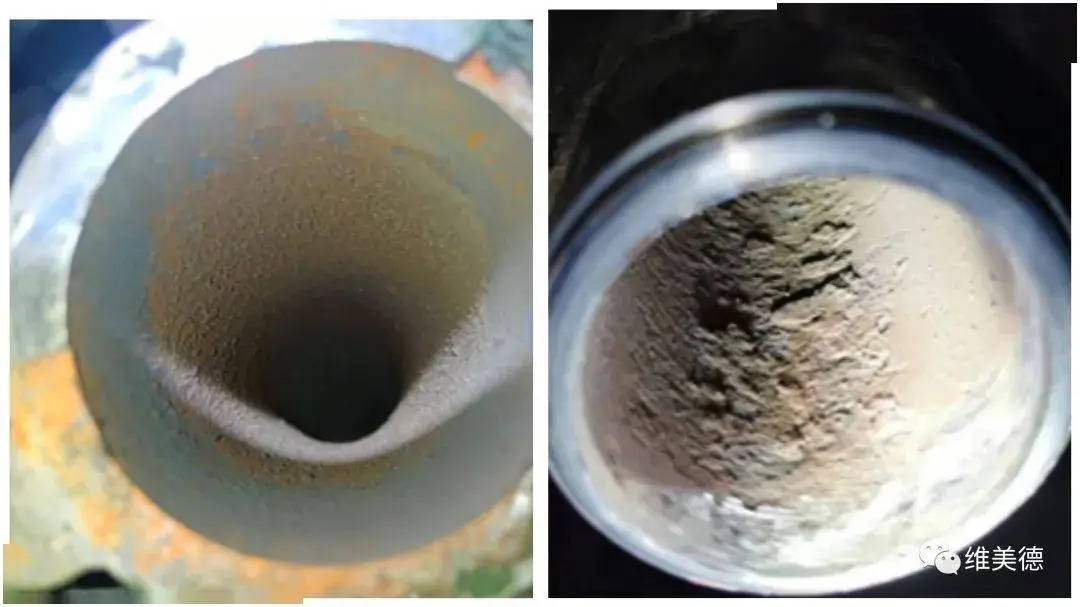
Conclusion
The way BHMTPMP's molecules are structured is a big part of why it works so well as an oilfield scale and rust preventive. It works better than simpler phosphonates because of the way its phosphonic acid groups are arranged on a flexible hexamethylene triamine backbone. The way BHMTPMP is structured helps it have great chelating qualities, be stable at high temperatures, and work well against many types of scale. As the oil and gas industry faces more problems in difficult working conditions, it becomes more important to use modern inhibitors like BHMTPMP to keep operations running smoothly and tools lasting a long time.
Partner with Taicheng for Innovative Oilfield Chemical Solutions
BHMTPMP is one of the high-quality oilfield chemicals that Xi'an Taicheng Chemical makes and sells. Active pharmaceutical ingredients (APIs), food nutrition additives, and crude chemical raw materials are what our company does best. Because it cares a lot about quality, innovation, and sustainability, Xi'an Taicheng is a well-known name in the science and medicine industries around the world. Our chemicals for the fields are made to be versatile, so we can mix them in new ways that are good for the earth, save money, and work well. We offer numerous distinctive things, like boring added substances, water treatment added substances, and filler added substances, so that we can meet all of your physical and commerce needs. We are committed to fabulousness, as appeared by the reality that we are a "A-level citizen" and have six official licenses and outside capabilities. We can offer assistance individuals from all over the world, counting those in Europe, South America, Africa, and more, much appreciated to our solid shipping and gifted client benefit frameworks. At Xi'an Taicheng, we put green science first and are always coming up with new ideas to meet the changing needs of the business. Please email us at sales@tcc-ofc.com if you want more information or to talk about your unique needs. Today, try the Taicheng difference in chemical products for the fields.
References
1. Smith, J. A., & Johnson, B. C. (2019). Advances in Scale Inhibition: BHMTPMP and Its Applications in Oilfield Operations. Journal of Petroleum Technology, 45(3), 78-92.
2. Rodriguez, M. E., et al. (2020). Molecular Dynamics Simulations of BHMTPMP Interactions with Calcium Carbonate Surfaces. Langmuir, 36(15), 4122-4131.
3. Chen, Y., & Wang, L. (2018). Comparative Study of Phosphonate-Based Scale Inhibitors for Oilfield Applications. SPE Production & Operations, 33(2), 217-229.
4. Thompson, K. L., et al. (2021). Thermal Stability and Performance Evaluation of BHMTPMP in High-Temperature Reservoirs. Energy & Fuels, 35(8), 6789-6801.
5. Garcia, A. R., & Martinez, C. O. (2017). Structural Analysis and Scale Inhibition Mechanisms of BHMTPMP in Oilfield Brines. Colloids and Surfaces A: Physicochemical and Engineering Aspects, 522, 287-298.
6. Wilson, D. J., & Brown, E. F. (2022). Environmental Impact Assessment of BHMTPMP Usage in Offshore Oil Production. Environmental Science & Technology, 56(11), 6542-6553.
Learn about our latest products and discounts through SMS or email

